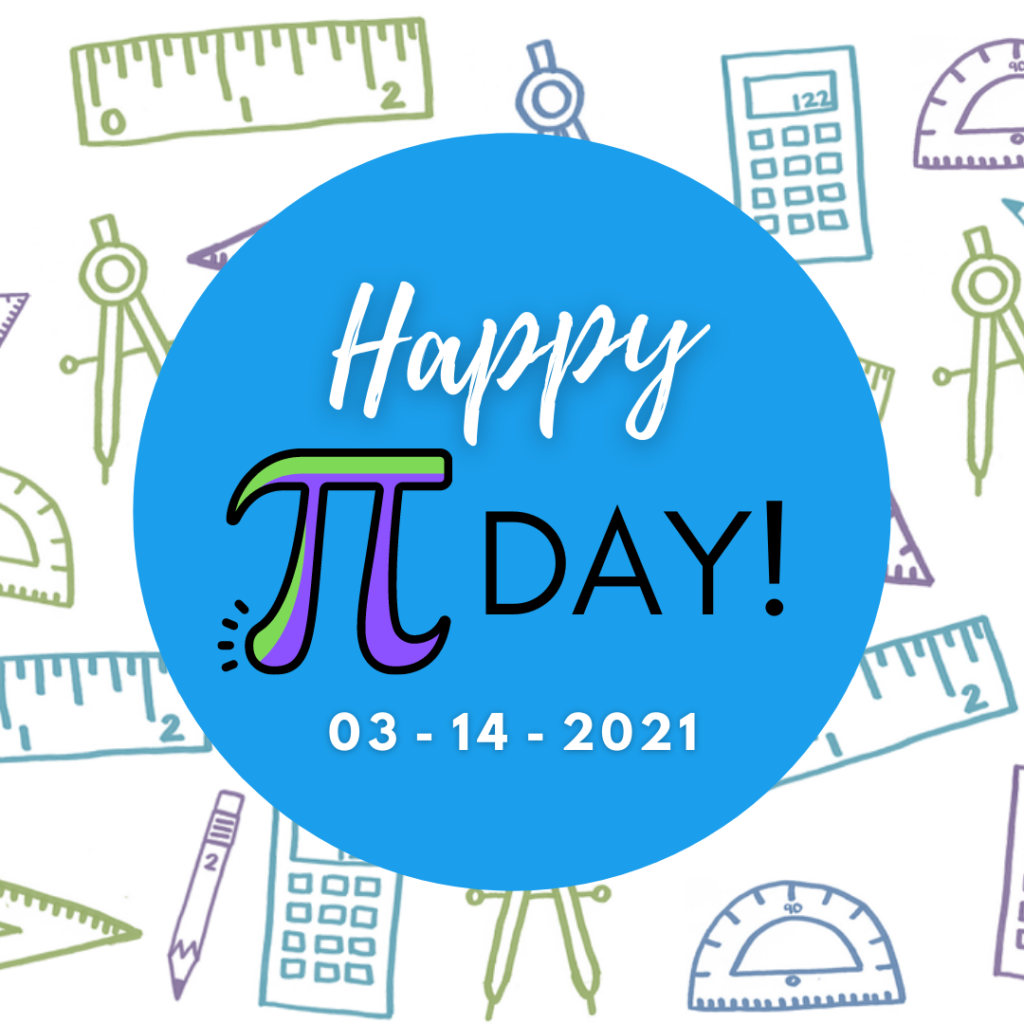Happy Pi Day!
The mathematical constant Pi represents the relationship between a circle’s circumference and its diameter. Pi is approximated as 3.14 though in actuality the digits after the decimal go on and on without a fixed pattern forever. That makes 3/14 Pi Day.

All sorts of great celebrations happen across the country on Pi day with people holding contests in which they memorize the digits of pi and indulging in round treats including pie.
Following is an activity you (and your children if you have any) can try to celebrate Pi Day and to see how Pi is related to the circumference and diameter of a circle.
Activity – Take some circular objects that you have around the house (coffee cup lids, cups, candles, yogurt containers, jars and so on. Trace around them on paper (one per each sheet of paper) so you get a nice collection of circles. Take each circle and measure its circumference (the distance around the circle) and diameter (the shortest distance from one point on the circle to another through the center) using lentils. Yup, you heard me right, lentils. For the circumference this means gently placing lentils one next to the other all the way around your circle. To measure the diameter, fold the paper in such a way that two halves of the circle fold onto themselves. When you open the paper back up, the crease is your diameter. Line lentils up all along the crease. For each circle note the diameter and the circumference. Then for each pair divide the circumference by the diameter. What do you get?
If you are working with a younger child and the thought of picking up lentils from all over the floor is troubling you or if you are working with a child that does not yet know division, use yarn instead. Cut (maybe you do this part) a few pieces of yarn that are as long as the dimeter. Have your child arrange these pieces around the circumference of the circle to see how many of them are needed. You might want to tape them down when they are in place. Here, a rough estimate is good (a little more than ___ or a little less than ___).
After you try the above, read the next paragraph or spoil the surprise (if indeed it is a surprise) and read it now.
You have discovered the relationship between the circumference and diameter of a circle! The number you get should be a close approximation to pi which is roughly 3.14 or in the case of the yarn you could leave it at “a little more than 3.” Keep in mind that you used lentils which are a non-standard unit of measure (they also aren’t all exactly the same size) and second, you are human and the circle you drew isn’t perfect – neither is the round object you traced it from (perfect circles exist only in our minds). Incredibly if you take the circumference of any circle and divide it by its diameter you will get pi. By the way, what you measure in doesn’t matter. The relationship holds whether you measure in inches, centimeters, lentils or lima beans though your accuracy might change especially when using non-standard units of measure like beans. This works for every single circle. How amazing is that?


